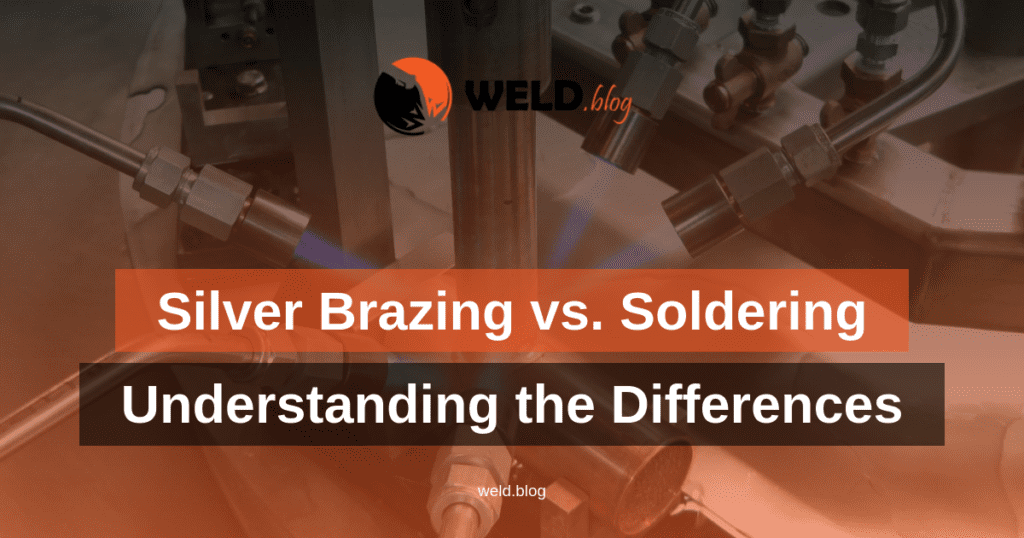When it comes to joining two metal parts together, there are two popular techniques that are often used: silver brazing and soldering. While these two methods may seem similar, they have distinct differences in their processes, applications, and outcomes.
What is Silver Brazing?
Silver brazing is a process where a filler metal with a melting point above 840°F is used to join two metal parts together. This filler metal is usually in the form of a rod or wire and is heated with a torch until it melts and flows into the joint between the two parts. The parts being joined must be heated to a high enough temperature to allow the filler metal to flow and create a strong bond. Silver brazing is known for producing strong, leak-tight joints, and is commonly used in the automotive, aerospace, and plumbing industries.
What is Soldering?
Soldering, on the other hand, involves using a lower melting point filler metal to join two parts together. This filler metal, called solder, typically has a melting point below 840°F and can be in the form of a wire, paste, or powder. The parts being joined are heated to a temperature slightly above the melting point of the solder, causing it to flow and create a bond between the two parts. Soldering is commonly used in electronics, jewelry-making, and plumbing.
What are the Differences?
The main differences between silver brazing and soldering are the temperature requirements and the strength of the joints produced. Silver brazing requires higher temperatures and produces stronger, leak-tight joints that can hold up to high levels of stress and pressure. Soldering, on the other hand, requires lower temperatures and produces weaker joints that are not as durable under stress. Additionally, due to the lower melting point of solder, it is possible for the joint to melt and fail if exposed to high temperatures.
Which Technique is Best?
The choice between silver brazing and soldering ultimately depends on the application. If a strong, leak-tight joint is needed for a high-stress application, silver brazing is the best technique. However, if the joint will not be subject to high levels of stress and a lower melting point is desired, soldering is a better option.
Understanding the differences between silver brazing and soldering can help you choose the right technique for your specific application. While both methods have their respective advantages, it is important to consider factors such as stress levels and temperature requirements to ensure a successful joint.
Comparison of Silver Brazing and Soldering
| Attribute | Silver Brazing | Soldering |
|---|---|---|
| Melting Point of Filler Metal | Above 840°F | Below 840°F |
| Strength of Joint | Strong and Leak-Tight | Weaker, Not as Durable Under Stress |
| Applications | Automotive, Aerospace, Plumbing | Electronics, Jewelry-Making, Plumbing |

